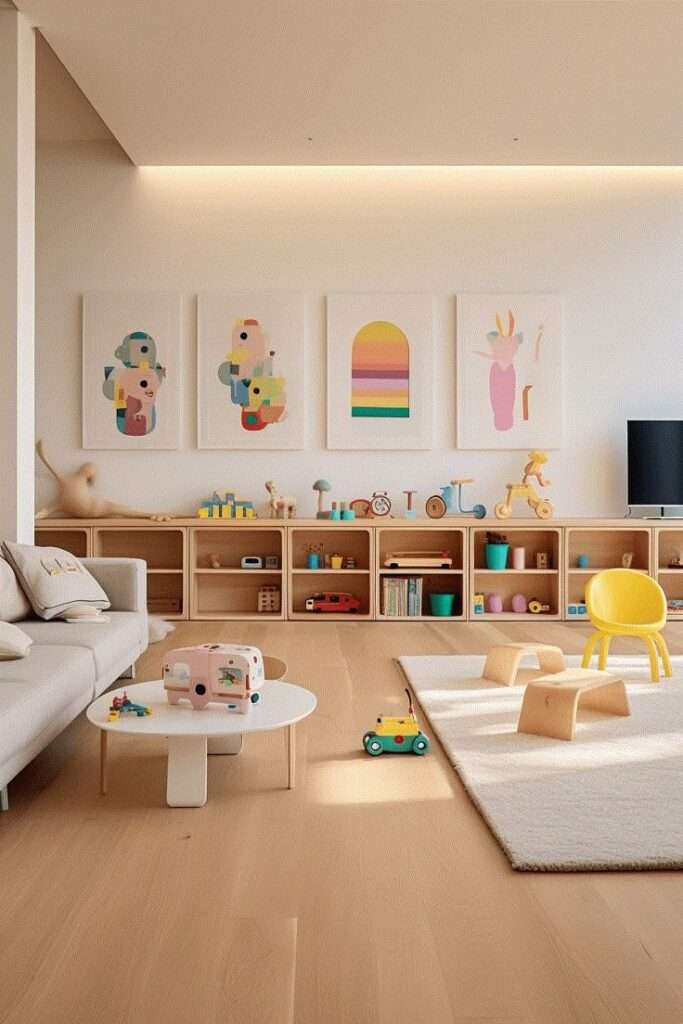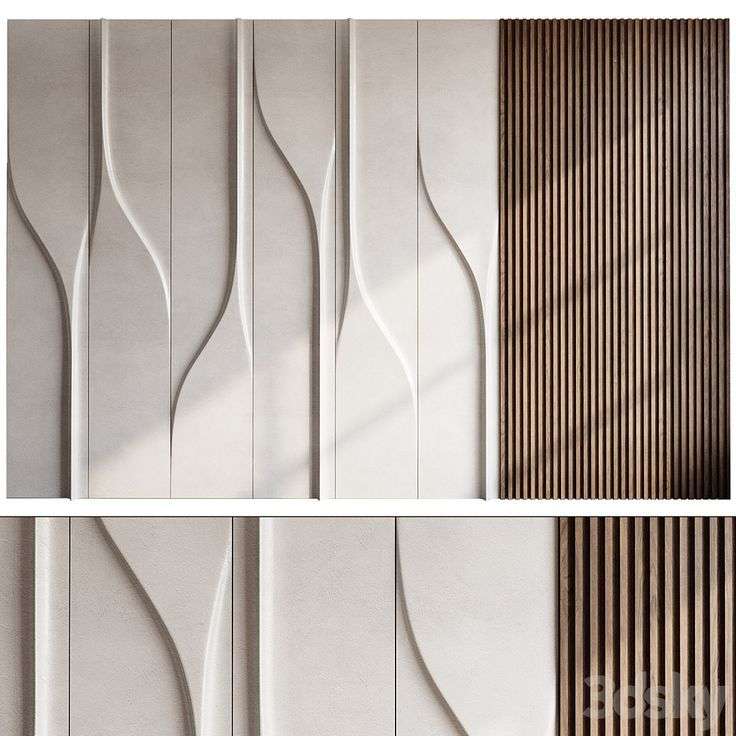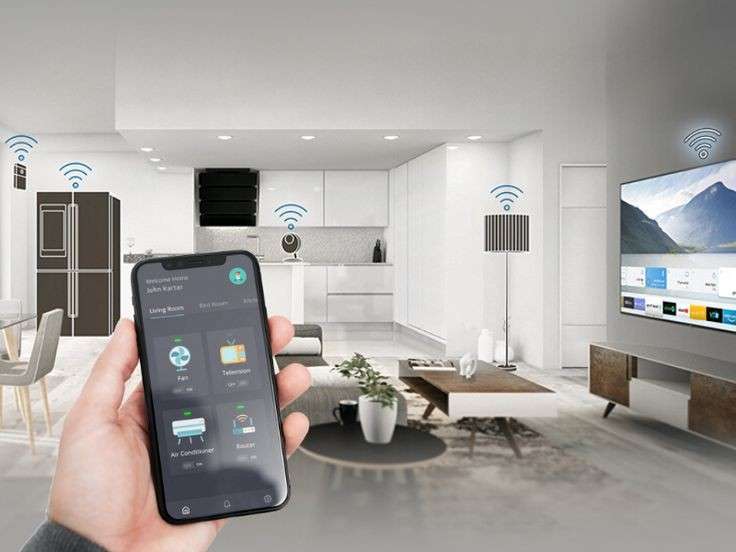A well-designed playroom provides a safe, engaging, and organized space for children to play, learn, and grow. Whether you’re working with a small corner or a dedicated room, the key is to create a space that is both fun and functional. This guide will walk you through the essential elements of designing a playroom that encourages creativity, organization, and safety.

1. Choose a Safe and Durable Flooring
Children need a comfortable and safe surface for playtime. Consider these flooring options:
- Soft Flooring: Carpet, foam mats, or rubber flooring provide cushioning for active play.
- Easy-to-Clean Surfaces: Vinyl or laminate flooring is ideal for quick cleanups and durability.
- Area Rugs: Add colorful rugs to define play zones and provide extra padding.
2. Incorporate Smart Storage Solutions
Keeping toys and games organized reduces clutter and makes cleanup easier. Consider:
- Open Shelving: Low, accessible shelves make it easy for kids to find and return toys.
- Bins and Baskets: Labeled storage bins help sort toys, books, and art supplies.
- Multi-Functional Furniture: Ottomans with storage or benches with hidden compartments maximize space.
3. Design Interactive Play Areas
Create different zones within the playroom to keep kids engaged:
- Reading Nook: A cozy corner with a small bookshelf, bean bags, and soft lighting.
- Arts & Crafts Station: A dedicated table with art supplies, paper, and washable surfaces.
- Active Play Area: Space for movement, such as a mini climbing wall, play tent, or indoor slide.
- Imaginative Play Corner: A dollhouse, play kitchen, or dress-up station encourages creativity.
4. Use Bright and Engaging Colors
Color plays a crucial role in creating an inviting playroom:
- Neutral Base with Pops of Color: White or light walls with colorful accents in rugs, furniture, and decor.
- Themed Murals or Wall Decals: Easy-to-update wall art can transform the space without major renovations.
- Chalkboard or Whiteboard Wall: A fun, interactive surface for drawing and learning activities.
5. Prioritize Safety Features
A child-friendly playroom should minimize risks while maximizing fun:
- Rounded Furniture Edges: Avoid sharp corners to reduce injuries.
- Secure Heavy Furniture: Anchor bookshelves and storage units to the wall.
- Non-Toxic Materials: Choose paint, furniture, and toys made from safe, non-toxic materials.
- Soft Play Mats: Cushion falls and create a comfortable play surface.
6. Add Flexible Seating Options
Comfortable seating encourages kids to relax and engage in different activities:
- Bean Bags and Floor Cushions: Lightweight and easy to move around.
- Small Table and Chairs: Perfect for crafts, puzzles, and group activities.
- Hammock or Swing Chair: A fun addition for relaxation and sensory play.
7. Incorporate Educational Elements
A playroom can be both fun and a learning environment:
- Alphabet and Number Decor: Wall art with letters, numbers, or maps enhances early learning.
- STEM Toys: Building blocks, puzzles, and interactive games promote problem-solving skills.
- Music and Sensory Play: Instruments, textured objects, and sensory bins engage multiple senses.
8. Make It Adaptable for Growth
As kids grow, their needs change, so design with flexibility in mind:
- Modular Furniture: Adjustable desks, stackable bins, and foldable tables grow with your child.
- Convertible Spaces: Use removable wall decals and easily replaceable decor.
- Rotating Toys: Keep things fresh by swapping out toys every few months.



